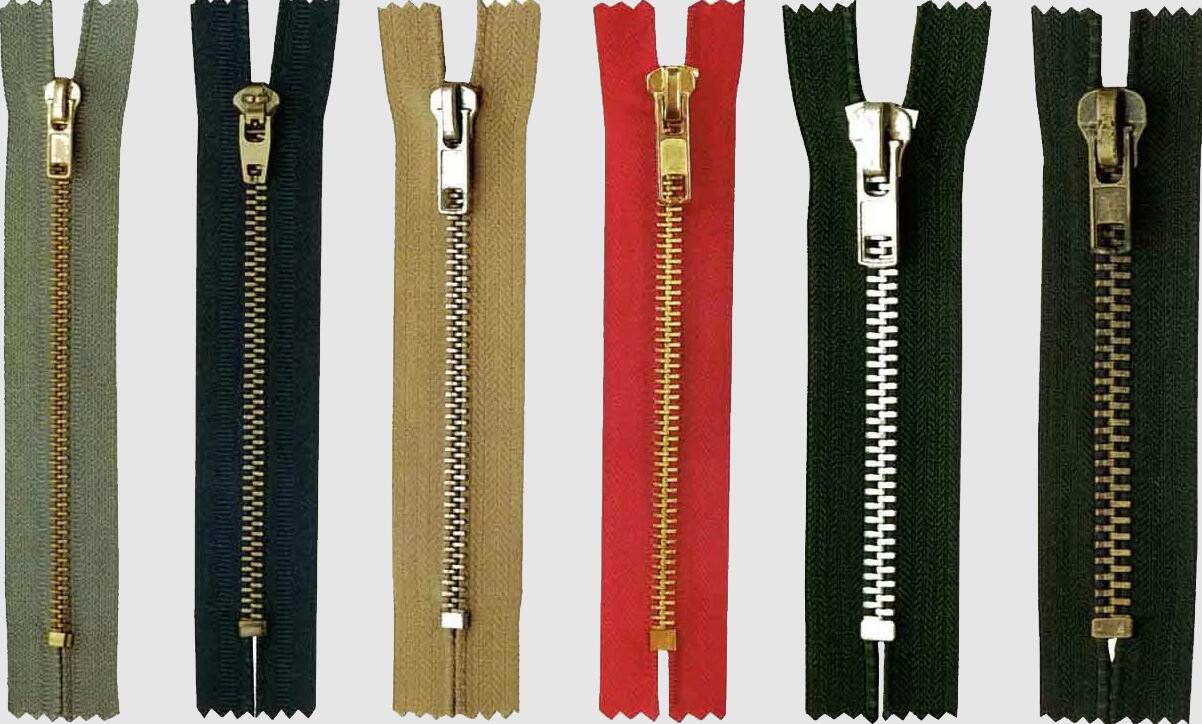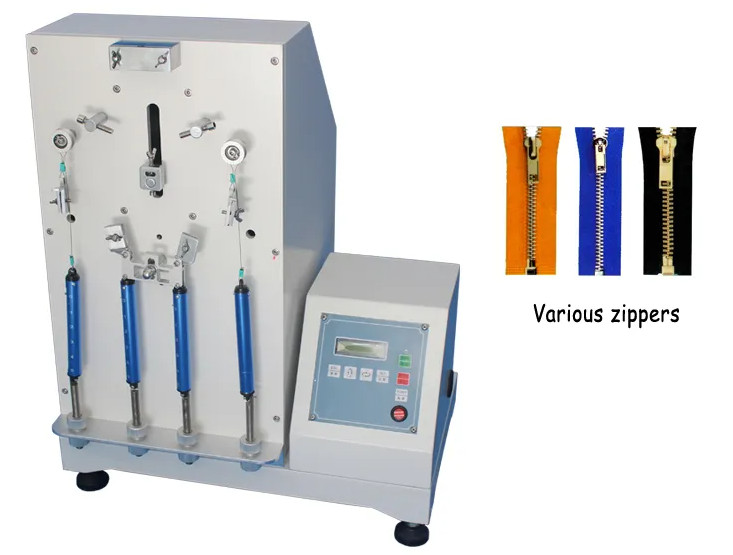- Qinsun Instruments Co., Ltd.
- Tell:+86-21-6780 0179
- Phone:+86-17740808215
- Address:No. 2578 Minhang District Gu Dai Road, Shanghai
- Contact:Mr. Li
- QQ:846490659
What are the common defects found during zipper testing?

zipper testing is the inspection and evaluation of zipper product quality. These tests are designed to ensure that the performance of the zipper meets specific standards and specifications. The following are some common zipper tests:

Common defects in zipper testing include the following:
1. Gear damage: Gears can be impacted or worn during use, causing them to lose their normal function, which can prevent the zipper from running smoothly.
Loose sliders: Loose sliders are usually caused by poor material quality, improper manufacturing processes or design defects. This will prevent the slider from being connected properly, thus affecting the use of the zipper.
3. Defective teeth: The teeth are one of the most important parts of the zipper, and any defects will affect the service life and durability of the zipper.
4. Twisting and deformation: Zippers may be bent, twisted or deformed during use, and these conditions may cause the zipper to not function properly.
5. Stuck zippers: When zippers get stuck, they may be difficult to unstuck, which may be caused by the accumulation of impurities, dust or other substances.
6. Broken zippers: If the zippers are under extreme stress or they have been excessively worn, then there is a risk of zipper breakage.

The following are some common zipper testing:
1.Mechanical testing: including tensile testing, breaking strength testing and push-pull testing to evaluate the durability and load-bearing capacity of zippers.
2. Durability testing: To measure the durability performance of zippers by simulating long-term use, such as number of openings and closings, friction resistance, corrosion resistance, etc.
3.Material testing: including testing of zipper teeth, sliders, zipper tapes and other materials to evaluate their quality and reliability.0
4.Environmental testing: test the performance of zippers under different environmental conditions, such as high temperature, low temperature, humid or dry environment.
5.User experience test: simulate the usage scenarios of real users to test the ease of use, safety and comfort of zippers, etc.
6.Specification check: Check whether the zipper complies with relevant international and industry standards and specifications, such as JIS, ASME, ISO, ASTM, etc.
These tests can ensure the quality and performance of zipper products meet the requirements and provide consumers with high quality and reliable products.





